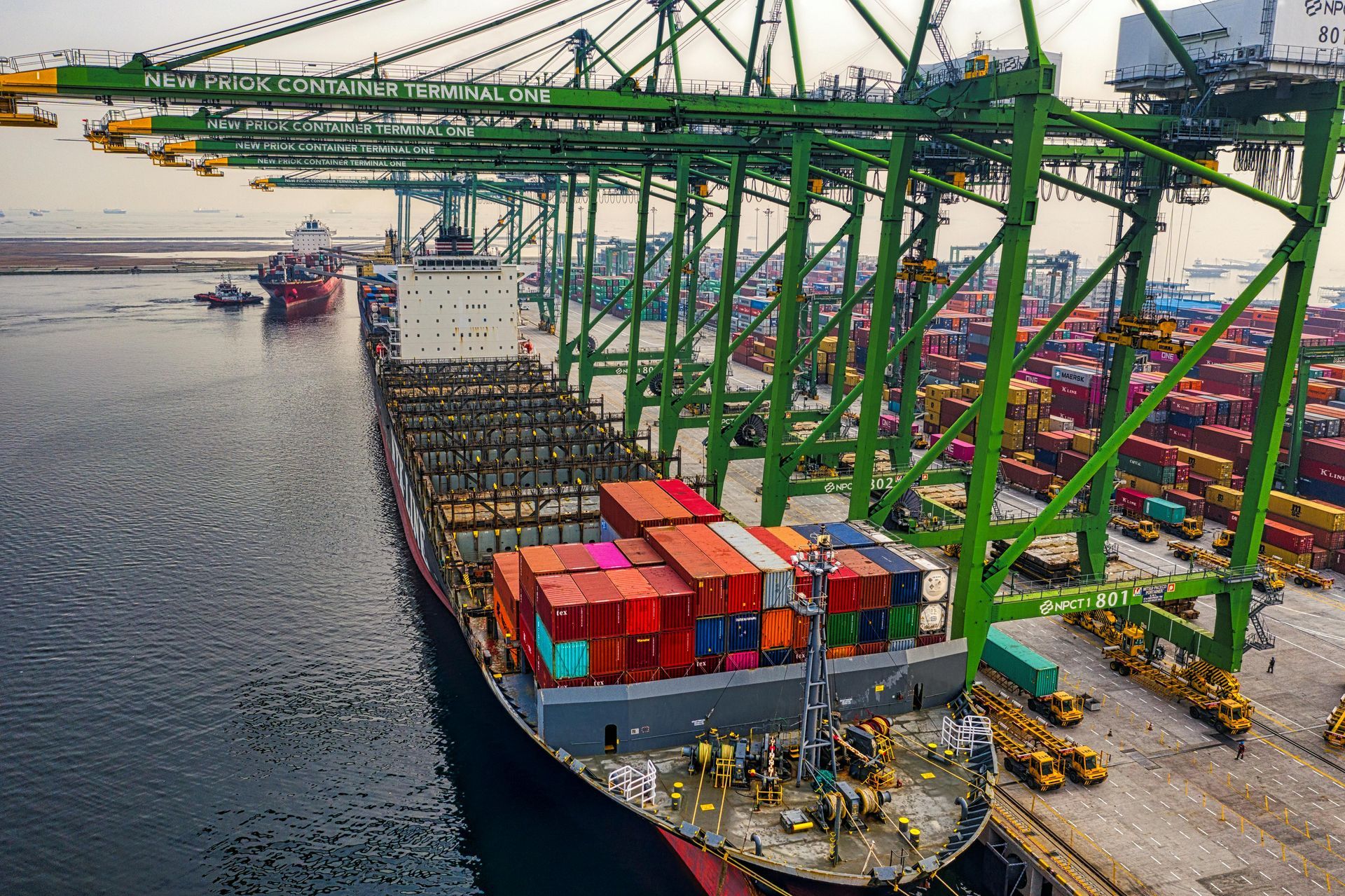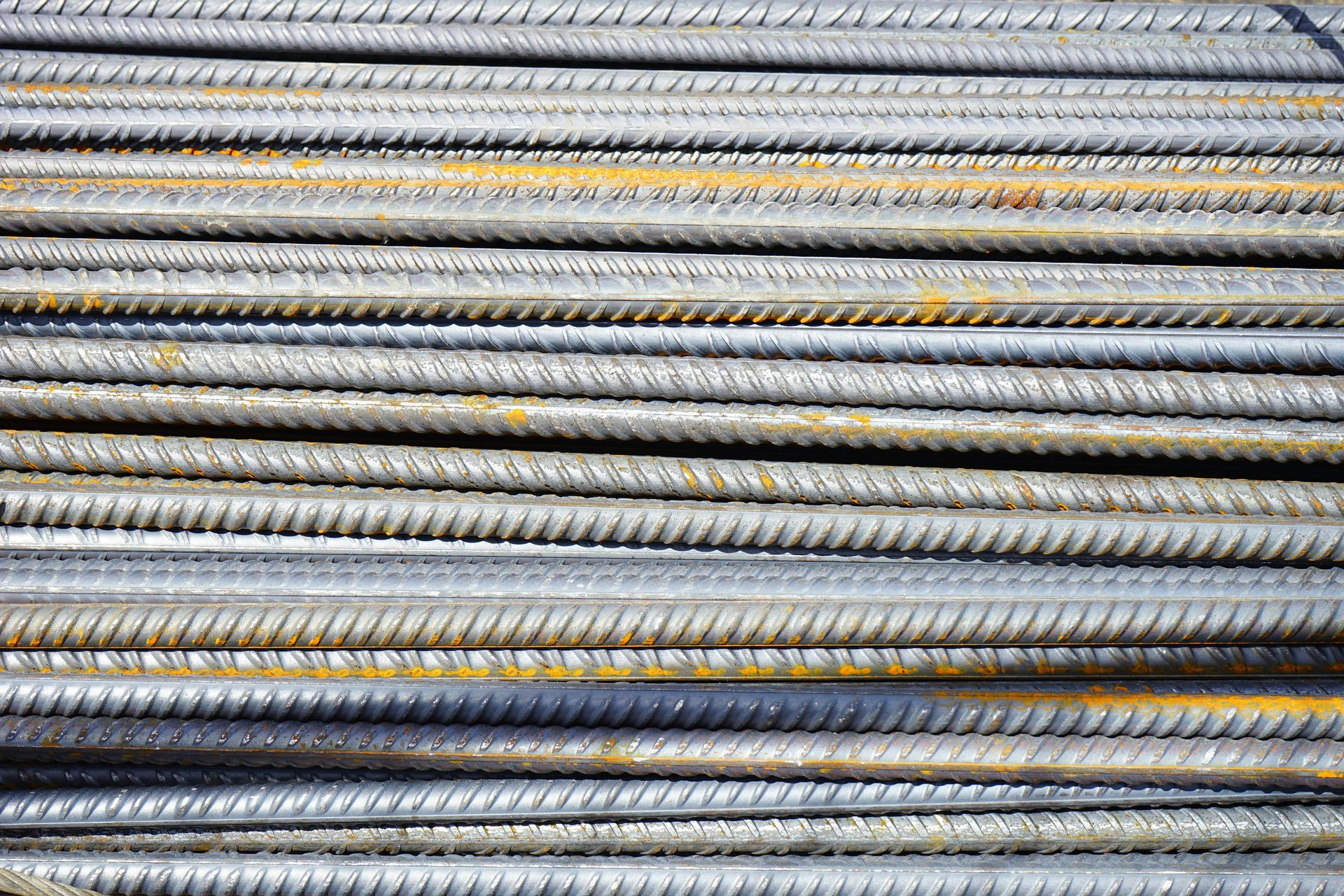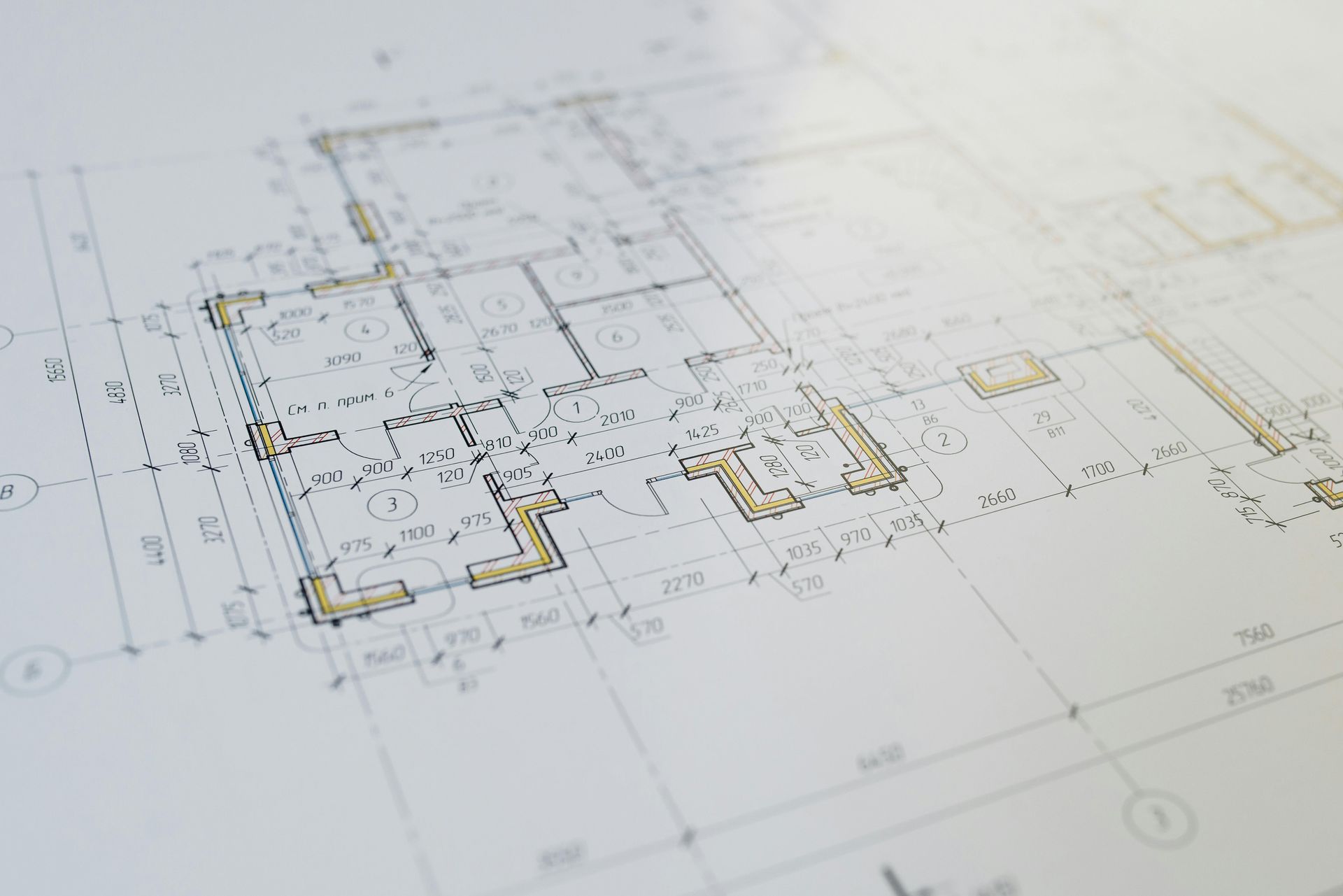5 Mistakes That Ruin Construction Budgets (And How to Avoid Them)
If you’ve worked in construction long enough, you’ve probably heard this phrase: “It’s going to cost more than we thought.” It’s one of the most common—and dreaded—realities in the industry.
Going over budget doesn’t just eat into profit margins. It shakes client confidence, delays progress, and can throw an entire project off the rails. And while some cost overruns are truly unavoidable, most of them stem from avoidable mistakes made early in the process.
Whether you’re a builder, developer, or general contractor, knowing where these traps are—and how to sidestep them—can mean the difference between staying in the black and bleeding cash.
Let’s break down five of the most common (and expensive) mistakes that sabotage construction budgets—and what to do instead.
1. Overengineering the Design
Every project needs a solid structural foundation—but overdesigning a building can quietly drain your budget before construction even begins.
This often happens when engineers, in an effort to stay conservative, spec materials or systems that far exceed the actual load or code requirements. The result? Higher-cost materials, more labor, and more complexity than the project really needs.
How to avoid it:
Work collaboratively from the start. Bring your architect, engineer, and builder to the same table early in the process. Conduct value engineering sessions that identify where structural systems can be simplified without compromising safety or compliance. Less overkill = more breathing room in your budget.
2. Underestimating Lead Times and Availability
You’ve got a delivery schedule. The job is moving fast. And then your supplier tells you the windows you spec’d are 10 weeks out. Suddenly, everything stalls—and the budget takes a hit.
Too many projects suffer from poor procurement planning. Materials get ordered too late, or lead times aren’t factored into the timeline, resulting in rush fees, change orders, and sometimes even complete redesigns.
How to avoid it:
Start procurement planning during preconstruction. Build your material schedule alongside your build schedule. And wherever possible, work with a supplier who proactively tracks lead times and can help you source alternate materials if timelines shift.
3. Making Too Many On-the-Fly Changes
Change orders are a fact of life in construction—but when they pile up, they do more than just disrupt the workflow. They cost real money.
Late-stage changes to design, scope, or material specs often require rework, reordering, or renegotiation—all of which throw off your original budget. Plus, frequent changes frustrate trades, delay downstream tasks, and weaken schedule discipline.
How to avoid it:
Establish firm decision-making protocols early. Make selections before mobilization whenever possible, and clearly communicate change order impacts to owners or clients before signing off. A culture of discipline pays off in consistency—and dollars.
4. Ignoring Site-Specific Variables
Even the best project plans can fall apart if they don’t account for real-world conditions on the jobsite. Soil issues, staging constraints, utility conflicts, and local permitting timelines all carry cost implications.
Failing to plan for these variables often results in unexpected workarounds, material loss, and contractor delays—all of which add up quickly.
How to avoid it:
Invest in thorough site analysis. Walk the site with your subs before mobilizing. Talk to inspectors and local agencies about timelines and restrictions. Use drone surveys, soil reports, and utility mapping where necessary. The more you know upfront, the fewer surprises you’ll pay for later.
5. Treating Material Procurement as a Commodity
Here’s a silent budget-killer that many teams overlook: treating your material supplier like a vendor, not a strategic partner.
When you bounce from supplier to supplier based on the cheapest bid, you may save a little upfront—but you lose consistency, support, and often miss out on volume pricing or better logistics. And when something goes wrong (a missed delivery, a pricing error, a substitution issue), you’re on your own.
How to avoid it:
Build a relationship with a supplier who understands your business, your schedule, and your standards. One who can help you plan ahead, lock in pricing, and communicate clearly throughout the build. Reliable materials aren’t just about availability—they’re about
accountability.
Small Fixes, Big Savings
The truth is, most budget blowups don’t come from massive miscalculations. They come from a handful of small mistakes repeated across every phase of the project. The good news? They’re fixable.
By getting your team aligned early, planning your procurement strategy, and treating your suppliers like the strategic partners they should be, you can turn your next project into something rare: a build that actually stays on budget.
Want a second set of eyes on your procurement plan?
Whether you’re pricing out a small build or planning a full development, we’re here to help.
Contact us today to chat timelines, sourcing, and smarter supply strategies.









